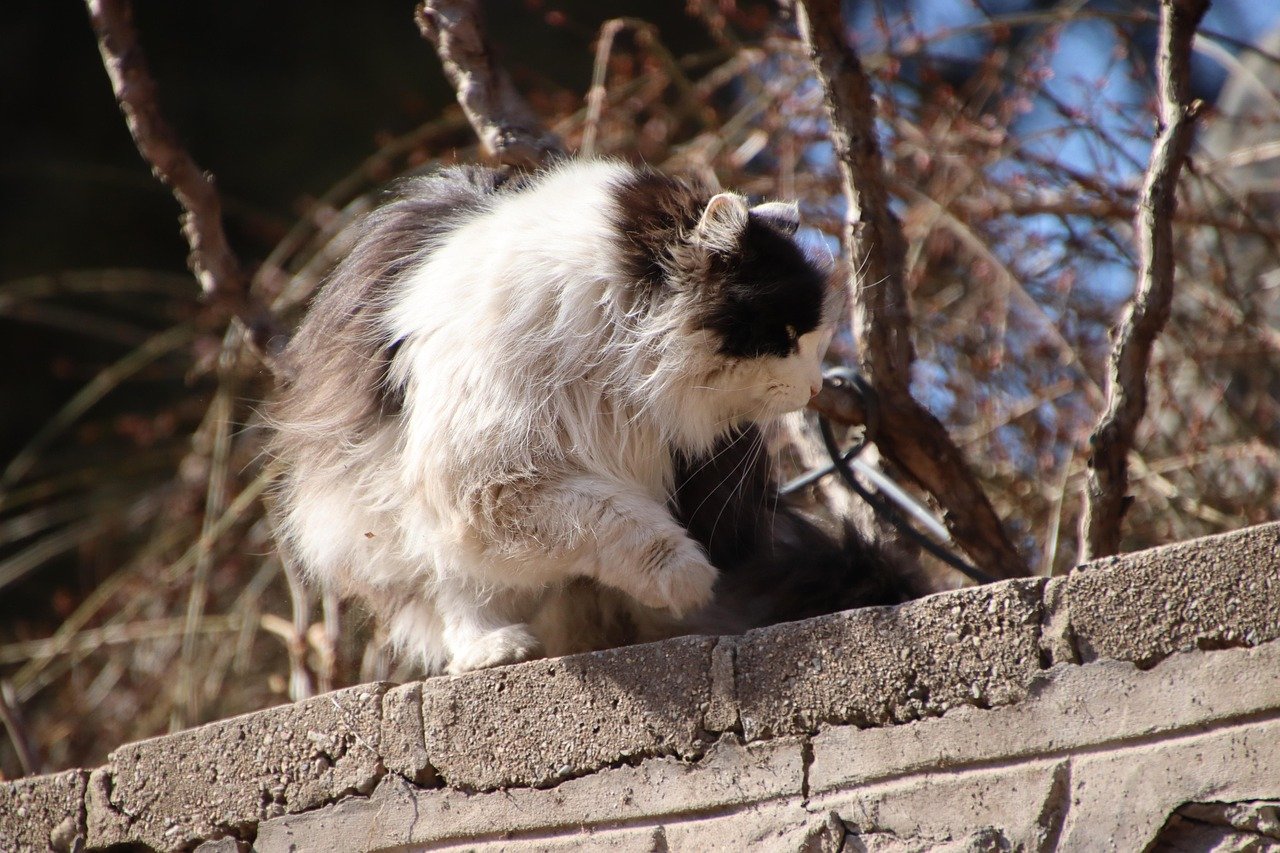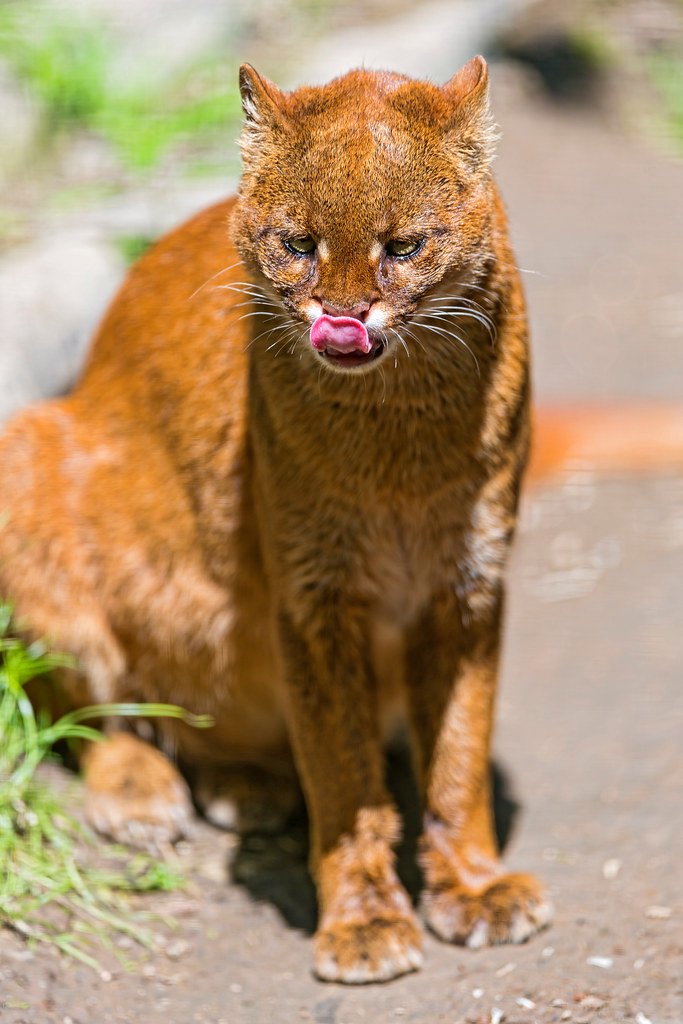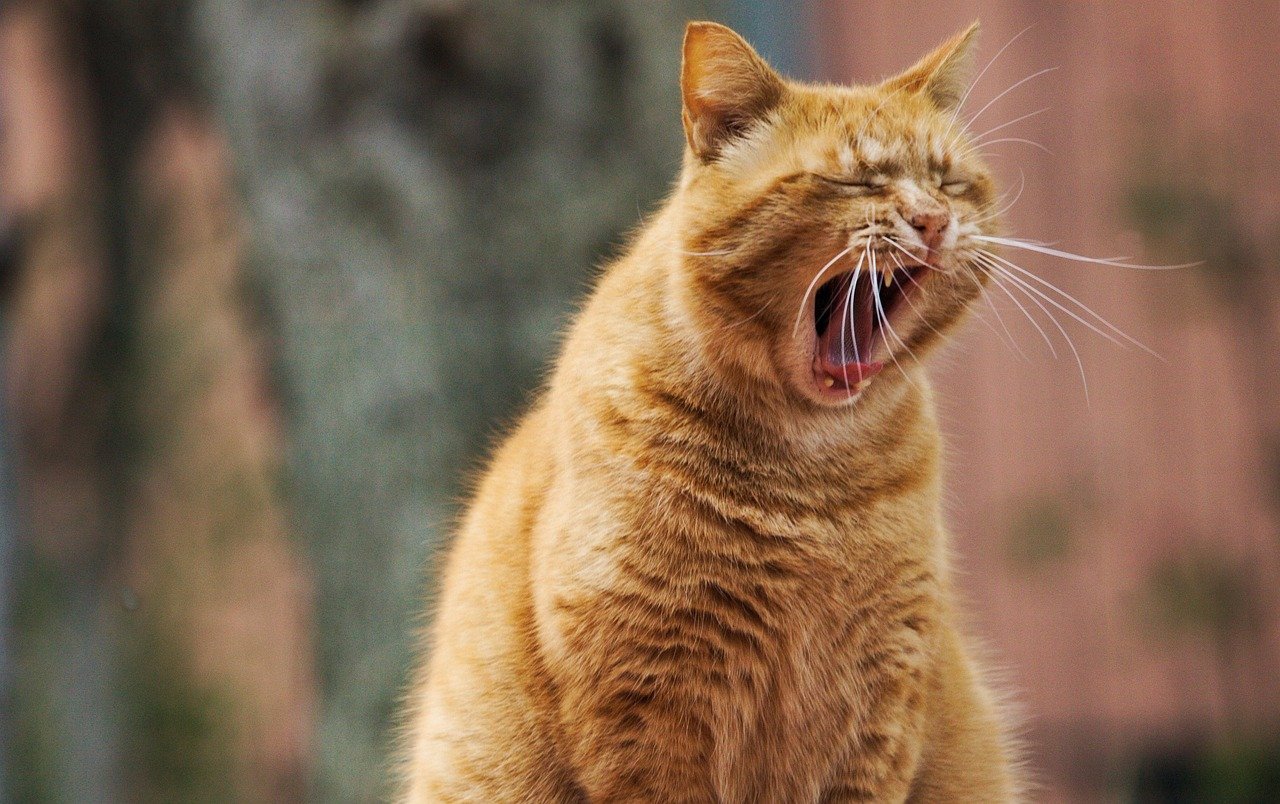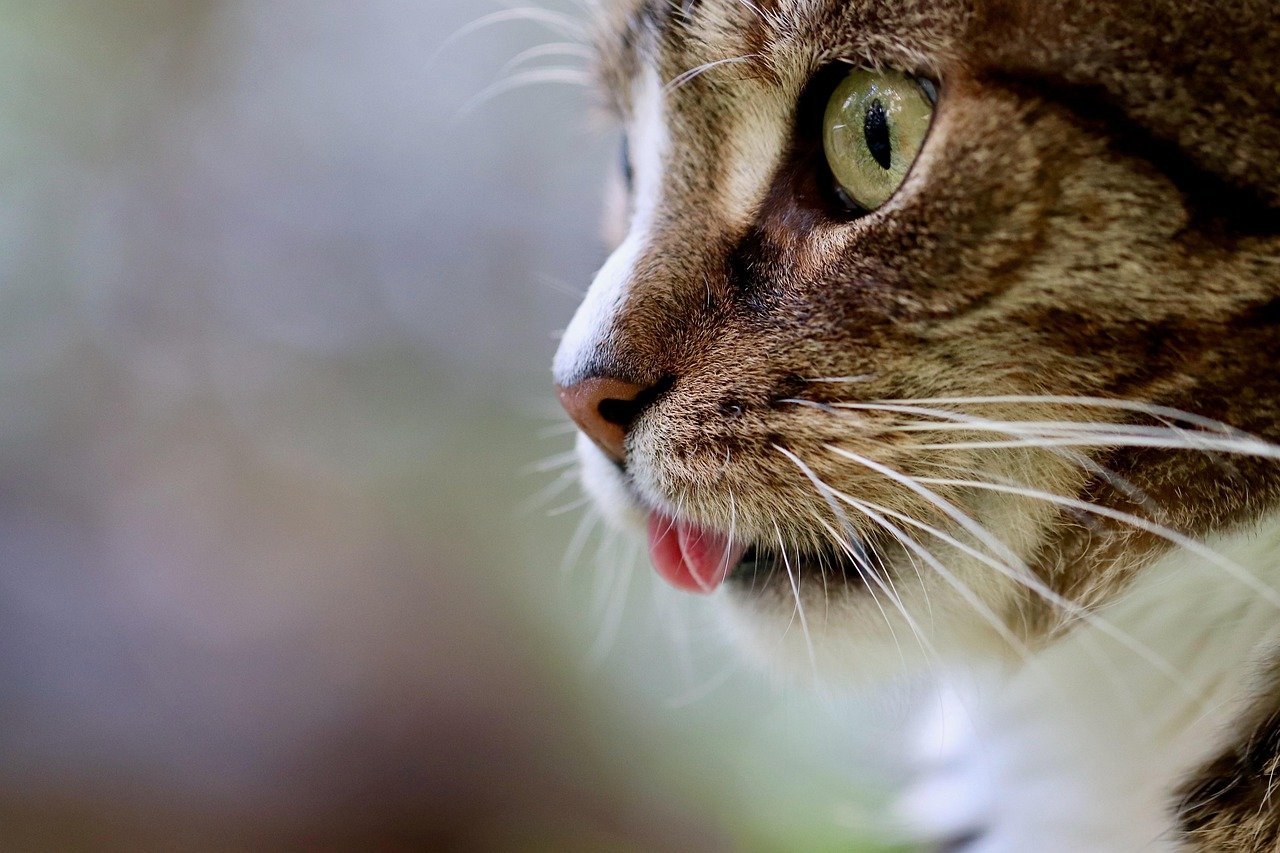The Sand Cat: Desert’s Tiny Fierce Hunter

Don’t let the adorable face fool you — the sand cat is one of nature’s most resilient survivors. These small wildcats thrive in some of the world’s harshest deserts, from the Sahara to the Arabian Peninsula. Their oversized ears aren’t just cute; they’re powerful radar systems that can detect prey moving underground.
What makes them truly remarkable is their ability to survive without drinking water for weeks. They get all the moisture they need from their prey, which includes venomous snakes and scorpions. Talk about living dangerously! These fearless felines can withstand temperatures ranging from freezing nights to scorching 126°F days.
The Kodkod: South America’s Spotted Jewel

Meet the smallest wildcat in the Americas, weighing less than your average house cat. The kodkod roams the temperate rainforests of Chile and Argentina, sporting a gorgeous coat covered in dark spots that look like they were painted by an artist. These elusive cats are so secretive that scientists are still discovering new things about their behavior.
What’s fascinating is their climbing ability — kodkods can scale trees with the agility of a squirrel. They’re also surprisingly brave, sometimes venturing into human settlements to hunt chickens and other small animals. Despite their tiny size, they pack the attitude of a much larger predator.
The Pallas’s Cat: The Grumpiest Face in the Wild

If cats could win awards for the most perpetually annoyed expression, the Pallas’s cat would take home the trophy every time. Also known as the manul, this stocky wildcat from Central Asia looks like it’s permanently having the worst day ever. Their flat face and round pupils give them an almost owl-like appearance that’s both adorable and intimidating.
These cats are masters of camouflage, blending seamlessly into rocky terrain with their long, dense fur. They’re also incredibly slow runners, which means they rely on stealth and patience rather than speed. When threatened, they literally flatten themselves against rocks and become nearly invisible.
The Fishing Cat: Asia’s Aquatic Predator

Forget everything you think you know about cats hating water. The fishing cat is basically the Michael Phelps of the feline world, spending most of its time in and around water bodies across South and Southeast Asia. These muscular cats have partially webbed paws that work like natural flippers.
They’re incredible swimmers who can dive underwater to catch fish, frogs, and even small crustaceans. Their hunting technique is so unique that they’ll sit patiently by the water’s edge and use their paws to tap the surface, mimicking insect movements to lure fish within striking distance. It’s like having a fishing rod built into your body.
The Jaguarundi: The Weasel Cat That Defies Categories

The jaguarundi looks like someone crossed a cat with a weasel and added a dash of otter for good measure. These elongated wildcats from Central and South America have short legs, long tails, and a body shape that’s completely different from any other feline. They come in two color phases: reddish-brown or dark gray to black.
What makes them truly unique is their daytime activity — most wildcats are nocturnal, but jaguarundis are often seen hunting during daylight hours. They’re also surprisingly vocal, making at least 13 different sounds including chirps, whistles, and even bird-like calls that can confuse birdwatchers.
The Rusty-Spotted Cat: India’s Tiny Tornado

Don’t underestimate the rusty-spotted cat just because it weighs less than 3 pounds. This pint-sized predator from India and Sri Lanka is often called the hummingbird of the cat world due to its incredible energy and lightning-fast movements. They can leap three times their body length and climb trees like they’re defying gravity.
These cats are so small they can fit in the palm of your hand, yet they’re fearless hunters who tackle prey much larger than themselves. Their rust-colored spots give them perfect camouflage in dry grasslands and rocky areas. Despite their tiny size, they have huge personalities and boundless curiosity.
The Geoffroy’s Cat: South America’s Spotted Acrobat

Named after a French zoologist, Geoffroy’s cat is like a living piece of art with its beautiful spotted coat and expressive eyes. These medium-sized wildcats from South America are incredible climbers who can navigate tree branches with the grace of a circus performer. They’re also excellent swimmers, making them one of the most versatile hunters in their habitat.
What sets them apart is their adaptability — they can thrive in everything from dense forests to open grasslands and even salt marshes. They’re also known for their intelligence, often using tools like sticks to fish insects out of crevices. These cats prove that beauty and brains definitely go together.
The Margay: The Tree-Dancing Virtuoso

The margay is basically the trapeze artist of the cat world, spending 80% of its life in trees across Central and South America. These spotted beauties have ankles that can rotate 180 degrees, allowing them to run headfirst down tree trunks like a squirrel. They’re also the only cat species that can hang from branches using just their hind feet.
Perhaps most impressively, margays can mimic the calls of their prey to lure them closer. They’ve been observed imitating the distress calls of baby monkeys to attract adult monkeys within striking distance. It’s like having a built-in voice synthesizer for hunting purposes.
The Oncilla: The Miniature Leopard Look-Alike

The oncilla, also known as the little spotted cat, looks like someone shrunk a leopard to house cat size. These gorgeous wildcats from Central and South America sport rosettes and spots that rival any big cat’s pattern. They’re so small that they weigh less than 5 pounds, yet they pack all the hunting instincts of their larger cousins.
What makes them special is their incredible jumping ability — they can leap up to 6 feet vertically to catch birds in flight. They’re also highly arboreal, spending most of their time in trees where they hunt everything from insects to small mammals. Their large eyes and keen senses make them formidable night hunters.
The Andean Mountain Cat: High-Altitude Survivor

Living at altitudes where most animals would struggle to breathe, the Andean mountain cat is one of the world’s rarest and most elusive wildcats. These thick-furred beauties inhabit the high Andes mountains of South America, where temperatures can drop well below freezing. Their incredibly dense coat keeps them warm in conditions that would challenge even the hardiest animals.
With fewer than 2,800 individuals left in the wild, spotting one is like finding a needle in a haystack. They’re perfectly adapted to rocky terrain with their large paws that work like natural snowshoes. Local indigenous people consider them sacred, believing they bring good fortune to anyone lucky enough to see one.
Conclusion: The Hidden Wonders of the Feline World

These incredible wildcats prove that nature’s creativity knows no bounds. From desert survivors to tree-dancing acrobats, each species has evolved unique traits that make them perfectly suited to their environment. While most people can name lions, tigers, and leopards, these lesser-known felines are equally fascinating and deserving of our attention.
The next time you see your house cat doing something impressive, remember that they share DNA with these amazing wild relatives. Each of these species faces unique conservation challenges, and learning about them is the first step toward protecting them for future generations.
Which of these remarkable cats surprised you the most?
Hi, I’m Bola, a passionate writer and creative strategist with a knack for crafting compelling content that educates, inspires, and connects. Over the years, I’ve honed my skills across various writing fields, including content creation, copywriting, online course development, and video scriptwriting.
When I’m not at my desk, you’ll find me exploring new ideas, reading books, or brainstorming creative ways to solve challenges. I believe that words have the power to transform, and I’m here to help you leverage that power for success.
Thanks for stopping by, Keep coming to this website to checkout new articles form me. You’d always love it!






